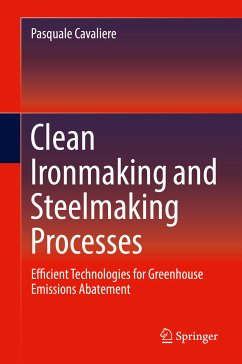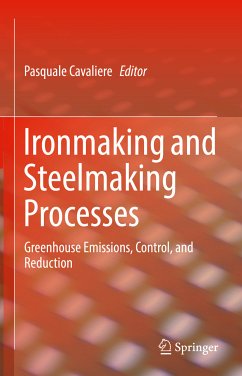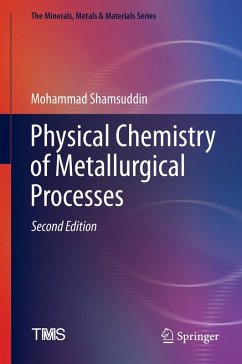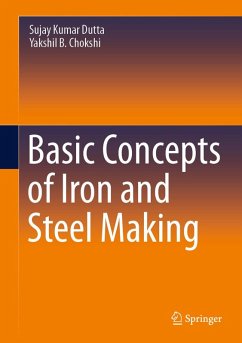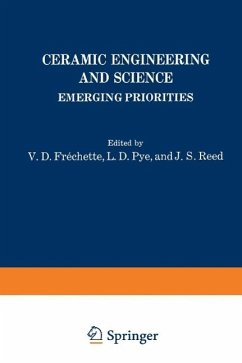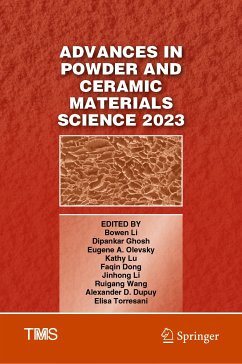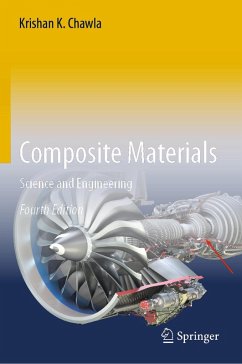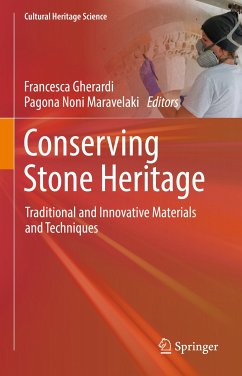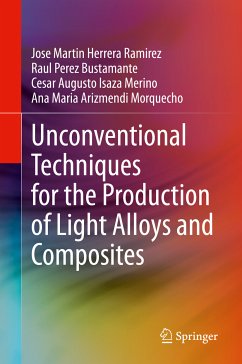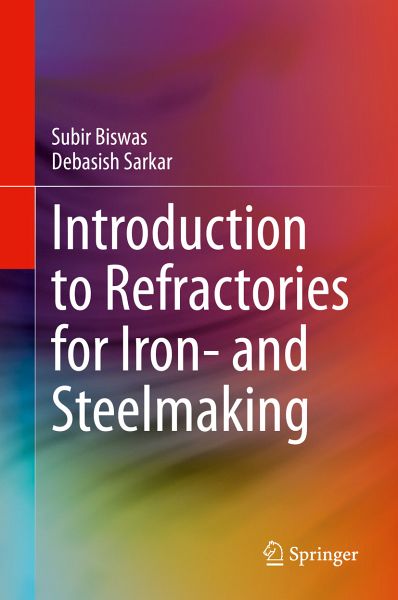
Introduction to Refractories for Iron- and Steelmaking (eBook, PDF)
Versandkostenfrei!
Sofort per Download lieferbar
96,95 €
inkl. MwSt.
Weitere Ausgaben:

PAYBACK Punkte
48 °P sammeln!
This book promotes understanding of the raw material selection, refractory design, tailor-made refractory developments, refractory properties, and methods of application. It provides a complete analysis of modern iron and steel refractories. It describes the daily demands on modern refractories and describes how these needs can be addressed or improved upon to help achieve the cleanest and largest yields of iron and steel. The text contains end-of-chapter summaries to help reinforce difficult concepts. It also includes problems at the end of chapters to confirm the reader's understanding of to...
This book promotes understanding of the raw material selection, refractory design, tailor-made refractory developments, refractory properties, and methods of application. It provides a complete analysis of modern iron and steel refractories. It describes the daily demands on modern refractories and describes how these needs can be addressed or improved upon to help achieve the cleanest and largest yields of iron and steel. The text contains end-of-chapter summaries to help reinforce difficult concepts. It also includes problems at the end of chapters to confirm the reader's understanding of topics such as hoop stress modeling in steel ladle and vessels, establishment of thermal gradient modeling , refractory corrosion dynamics, calculation of Blast furnace trough dimension based on thermal modeling, to name a few. Led by editors with backgrounds in both academia and industry, this book can be used in college courses, as a reference for industry professionals, andas an introduction to the technology for those making the transition to industry.
- Stands as a comprehensive introduction to the science and technology of modern steel and iron-making refractories that examines the processes, construction, and potential improvement of refractory performance and sustainability;
- Serves as a versatile resource appropriate for all levels, from the student to industry novices to professionals;
- Reinforces difficult-to-grasp concepts with end-of-chapter summaries;
- Maximizes reader understanding of key topics, such as refractory selection for steel ladle and vessels, and their corrosion dynamics, with real life problems.
Dieser Download kann aus rechtlichen Gründen nur mit Rechnungsadresse in A, B, BG, CY, CZ, D, DK, EW, E, FIN, F, GR, HR, H, IRL, I, LT, L, LR, M, NL, PL, P, R, S, SLO, SK ausgeliefert werden.
Alle Preise in Euro und inkl. der gesetzl. MwSt. | Innerhalb Deutschlands liefern wir preisgebundene Bücher versandkostenfrei. Weitere Informationen: bitte hier klicken
Support
Bitte wähle dein Anliegen aus:
Rechnungen
Bestellstatus
Retourenschein
Storno



